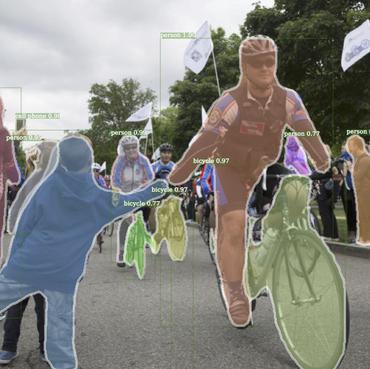The devil is in the fine-grained details: Evaluating open-vocabulary object detectors for fine-grained understanding
Recent advancements in large vision-language models enabled visual object detection in open-vocabulary scenarios, where object classes are defined in free-text formats during inference. In this paper, we aim to probe the state-of-the-art methods for open-vocabulary object detection to determine to what extent they understand fine-grained properties of objects and their parts. To this end, we introduce an evaluation protocol based on dynamic vocabulary generation to test whether models detect, discern, and assign the correct fine-grained description to objects in the presence of hard-negative classes. We contribute with a benchmark suite of increasing difficulty and probing different properties like color, pattern, and material. We further enhance our investigation by evaluating several state-of-the-art open-vocabulary object detectors using the proposed protocol and find that most existing solutions, which shine in standard open-vocabulary benchmarks, struggle to accurately capture and distinguish finer object details. We conclude the paper by highlighting the limitations of current methodologies and exploring promising research directions to overcome the discovered drawbacks. Data and code are available at https://lorebianchi98.github.io/FG-OVD/.
PDF Abstract




 MS COCO
MS COCO
 LVIS
LVIS
 PACO
PACO